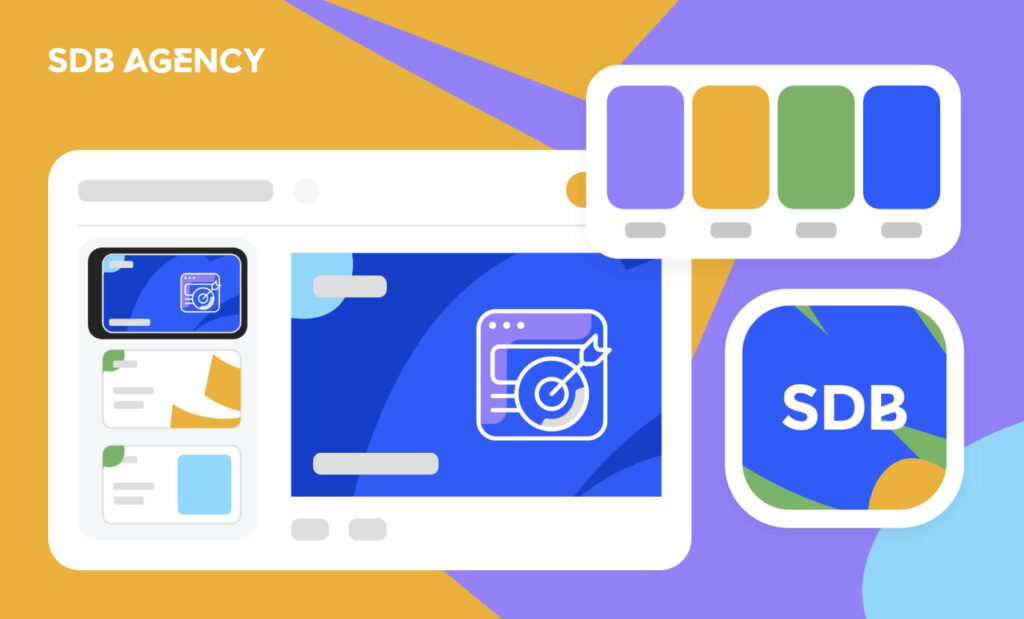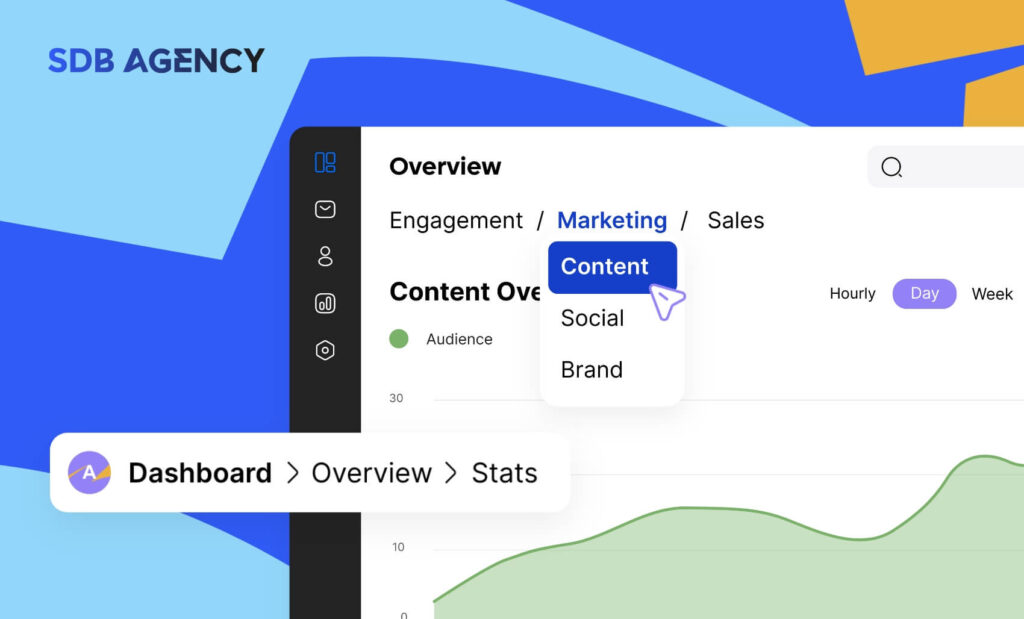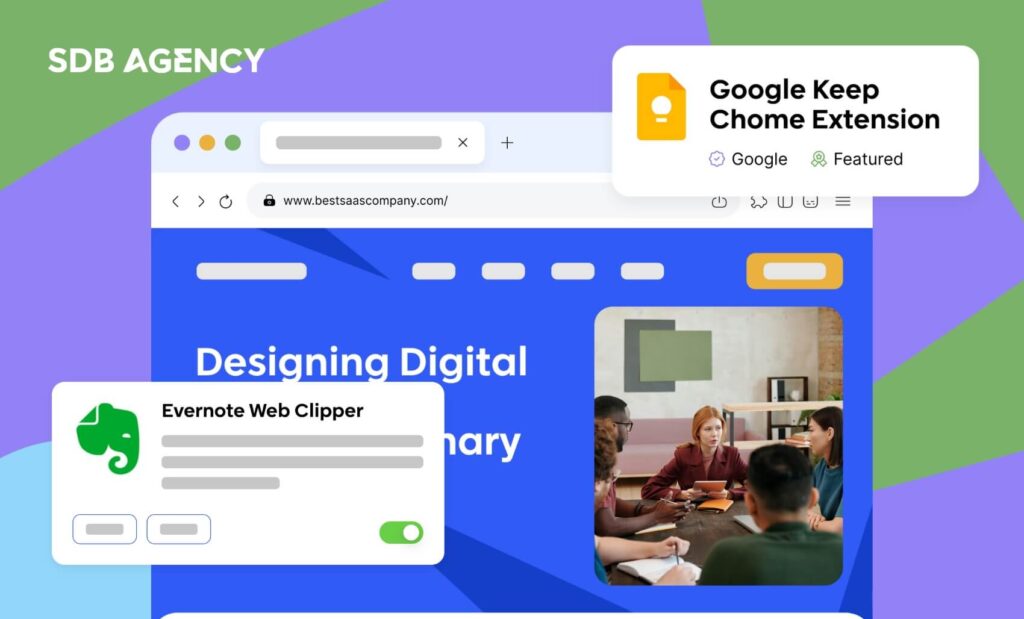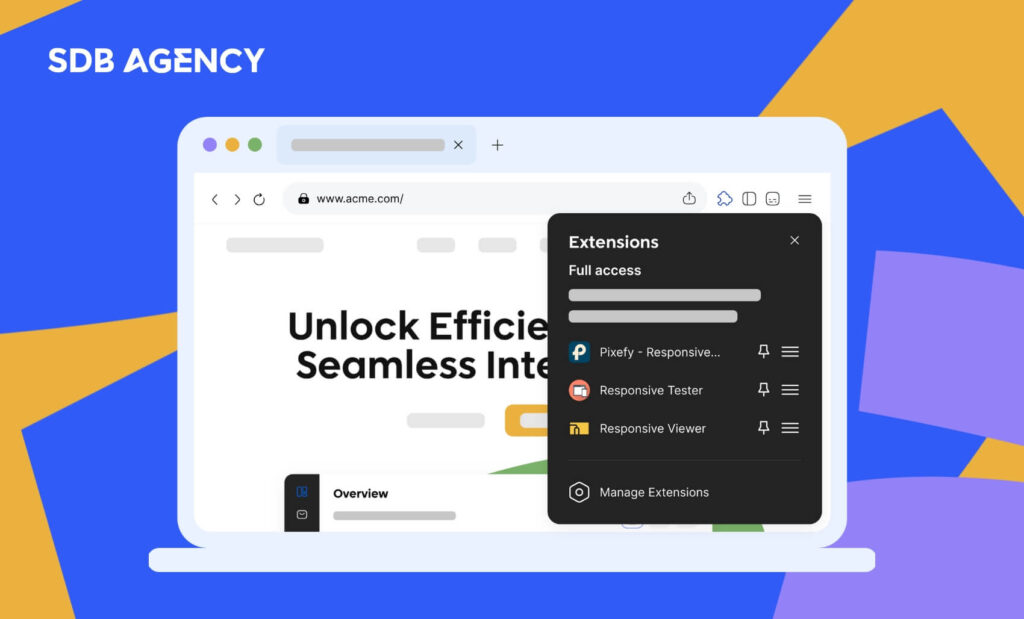The Ultimate Guide to Website Revamp: Step-by-Step Process
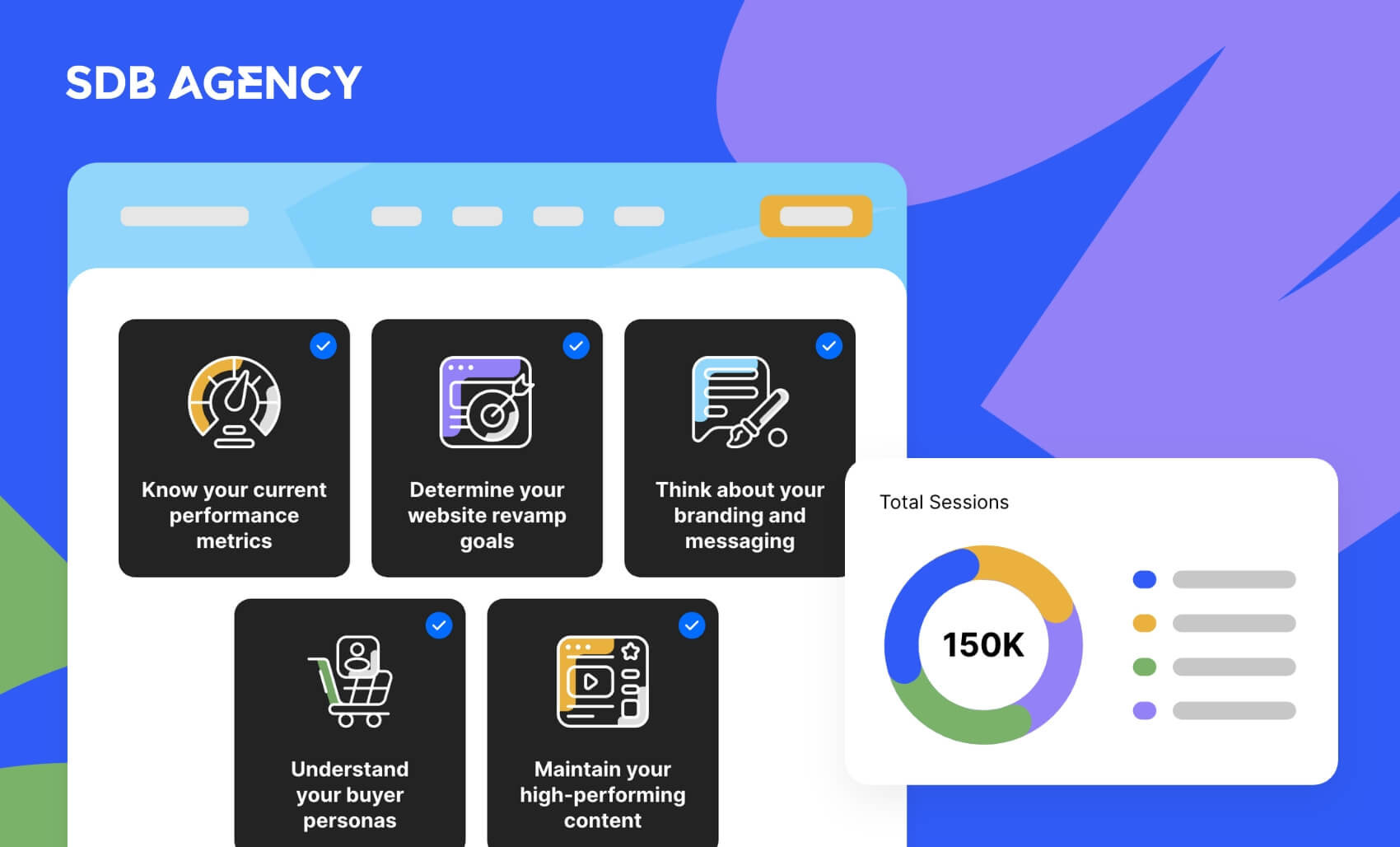
Are you looking to revamp your website and give it an all-new look? Let’s face it: a clunky and dated website will send your visitors back to the search page, giving you missed opportunities and negatively impacting your brand’s online presence and credibility.
A website redesign isn’t something anyone can do overnight, but with the right approach and guidance, the results will be worth the hassle.
In this step-by-step guide, we’ll walk you through redesigning a website, covering everything from the planning process to the execution. We’ll also sprinkle some pro tips to ensure a smooth transformation.
Whether you’re a marketing lead, business owner, or executive director, this guide offers all the essential information on conducting a successful website redesign.
Why do you need a website redesign?
When was the last time you updated your website’s design? Perhaps it’s been so long that your site thinks the Spice Girls still tops the charts.
Maybe you’ve checked your website analytics and discovered that your website isn’t entirely up to par. You should redesign your website for many reasons, and every reason offers a unique opportunity to elevate your online presence and meet your audience’s evolving needs.
Here are three reasons why you should consider giving a fresh new look to your website:
- Outdated design – This will make your website seem unprofessional and drive visitors away.
- Poor user experience – Many sites lack intuitive navigation, have a non-responsive design, and have slow loading times, which will frustrate visitors.
- Limited functionality – A lack of essential features and functionalities like search bars and contact forms can also ruin the website’s overall user experience and conversions.
5 Benefits of a website redesign
A well-planned website revamp goes beyond an exterior facelift. It has the potential to transform your online presence, enhance user experience, and drive your business’ success. From improving user engagement and conversion rates to enhancing your site’s SEO and brand credibility, here are the benefits of conducting a website revamp:
- Enhance the user experience – Redesigning a website aims to make it easier for people to use. This means they should have a pleasant experience with it on any device.
- Improved aesthetics – Website redesigns can give your site a fresh new look and ensure it follows current trends.
- Increased functionality – Redesigning lets you add new things to your site, including tools, features, and functions that make it more interactive.
- Better conversion rates – A well-designed website helps turn visitors into customers by guiding them in the right direction.
- Improved SEO – A website redesign also helps your site show up better in search engines, allowing more people to find it.
How to redesign a website?
Now, let’s unpack the critical website redesign tips to consider when planning a complete redesign for your website.
1. Know your current performance metrics
Before you start planning to redesign your website, it’s essential to document your current performance metrics. This will give you a clear picture of your current website and the metrics you should focus on during the redesign.
If you’re unsure where to start, we recommend analyzing your existing website’s monthly performance in these areas:
- Number of visits, unique visitors.
- Time on site.
- Bounce rate.
- Top-performing keywords.
- Total sales generated.
The importance may vary depending on your website redesign goals, but analyzing these metrics is generally a good place to start.
2. Determine your website revamp goals
What’s the reason for your website redesign? If the reason is something like “I haven’t done it in a while” or “my competitors recently did it,” then that’s not a good enough reason. There should always be a good reason to invest in a website redesign.
Remember that it isn’t only about how your site looks but also how it works. Have a clear goal for why you want to redesign your website and tie it to achieving measurable results. Here are some data-driven objectives for your site:
- Increase the number of visits and visitors.
- Reducing bounce rate.
- Improve domain authority.
- Increase total sales.
- Enhance SEO rankings.
3. Think about your branding and messaging
Before crafting a new website design, it’s important to be crystal clear on your desired branding and unique value proposition.
Any new visitors to your site should immediately understand you, your services, how they benefit them, and why they should stay on your site instead of your competitors. Use clear and concise language as you develop your messaging, and avoid industry jargon that may intimidate your audience and make you sound more like a robot than a human.
In addition, when developing your company branding, consider the visual aspects of your site that need a redesign and which can stay the same. If you’re thinking about creating a new logo, color palette, or style, ensure these are applied across your site to remain consistent with other parts of your brand.
4. Understand your buyer personas
Your website isn’t about you, in fact, it’s more about your visitors. When your audience lands on your site, they’ll ask themselves, “What’s in it for me? And how can this business help me?” Therefore, don’t create a website that’s all about you. Instead, focus on your visitors and speak their language by crafting your website and content around your buyer personas.
For example, suppose you’re a SaaS business looking to sell your solutions. In that case, you might target two kinds of buyer personas: the daily user who can potentially use your product every day and managers who are looking for reliable software and are trying to maintain standards for everyday tasks.
Ensure you clearly identify your buyer personas to appropriately shape your website redesign strategy around the users who matter most to you.
5. Maintain your high-performing content
Even though a redesign is a great way to boost your website’s performance, risks are still involved. If you aren’t careful, it may harm your site.
The reason is that your existing site will likely contain many high-performing content assets that you’ve established, and any redesign may cause them to become less effective and severely impact your marketing efforts.
These high-performing assets may include the following:
- High traffic pages.
- Most viewed and shared content.
- Best-performing keywords or pages.
For example, if you remove a page with many inbound links, it may hurt your SEO efforts, making your site harder to find on search engine result pages.
Surprisingly, plenty of web designers don’t think about this step as they aren’t SEO and marketing specialists. Therefore, remind your design team about SEO considerations and help them by providing a list of important pages to maintain and audit your site.
Start your website redesign today!
We know website revamps can seem complicated and scary, but with careful planning and execution, the results will be worthwhile.
Through our ultimate guide, you should now know the best strategies to tackle your website redesign. A newly designed website with all the necessary features and modern visuals will become a powerful tool for your business in the long run.
Are you looking for professionals who can help you with your website redesign? Look no further than SDB Agency as we specialize in delivering professional website UX design services that drive engagement, boost conversions and elevate your presence online with the help of our talented team of expert designers and developers.

